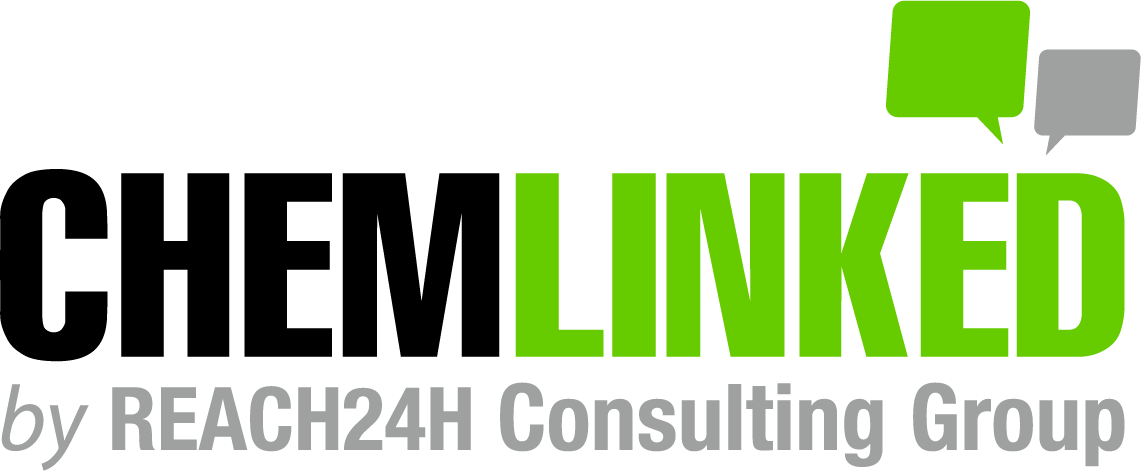On February 2, 2024, Thailand notified two draft documents to the WTO, aiming to ease access restrictions on alcohol-based hand sanitizers and refine the current regulatory framework. These drafts are
Draft Notification of the Ministry of Public Health Re: Determining the Characteristics of Cosmetics Containing Alcohol for Hand Sanitizing Prohibited for Manufacture, Import, or Sale B.E. … (hereinafter referred to as “the First Draft”),
Draft Notification of the Ministry of Public Health Re: Determining the Criteria for Deviation Limits of Main Ingredients in Cosmetics Containing Alcohol for Hand Sanitizing B.E. …. (hereinafter referred to as “the Second Draft”).
They are now open for trading partners’ comments for a period of 60 days. The effective date of these drafts remains undetermined and shall be on the next day of their publication in the Government Gazette.
Key Revisions Outlined in the First Draft
The First Draft seeks to supersede the existing regulation issued on March 9, 2020, which only restricts alcohol-based hand sanitizers with less than 70% alcohol concentration (by volume) from manufacture, import, and sale.
Under the proposed amendments, specific types of alcohol considered as active ingredients in these products are clarified, and a new lowered concentration limit for alcohol in product formulation are introduced.
Comparison of Hand Sanitizer Requirements
Existing Requirements (Issued on March 9, 2020) | Proposed New Requirements |
Cosmetics containing alcohol for hand sanitizing, with the purpose of cleaning hands without using water, which have a concentration of either ethanol, isopropanol, n-propanol, or mixed together, less than 70% by volume are prohibited for manufacture, import, and sale. |
|
Key Revisions Outlined in the Second Draft
This draft sets forth criteria for alcohol deviation limits in hand sanitizer cosmetics, ranging from 15% to 18%.
Main Content of the Notified Second Draft
This announcement shall come into force on the next day of its publication in the Government Gazette.
The criteria for deviation limits of alcohol in cosmetics containing alcohol for hand sanitizing are determined as not less than 15% and not more than 18%, as notified to the Regulatory Body.



 We provide full-scale global cosmetic market entry services (including cosmetic registering & filing, regulatory consultation, customized training, market research, branding strategy). Please contact us to discuss how we can help you by
We provide full-scale global cosmetic market entry services (including cosmetic registering & filing, regulatory consultation, customized training, market research, branding strategy). Please contact us to discuss how we can help you by 










